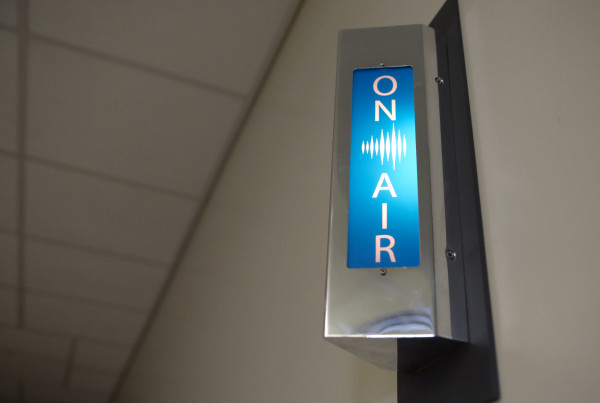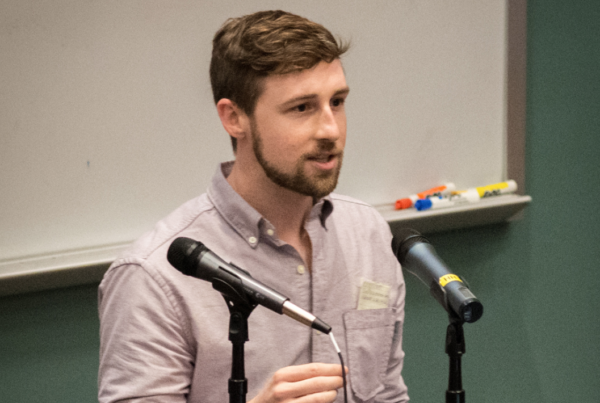Student loan debt can be overwhelming for anyone. But for prisoners trying to get a second chance through education, the prospect of paying back loans after time behind bars can seem nearly impossible.
A new pilot program from the U.S. Department of Education hopes to reduce the rate of recidivism in prisons through education. Prisoners eligible for release within the next five years at a select number of facilities are eligible to receive grants at 67 colleges nationwide. They can get degrees or certificates and won’t have to pay the grants back.
Sara Bouse is the director of Texas Department of Criminal Justice Programs at Alvin Community College, one of eight Texas schools participating in the “Second Chance” pilot program. She says she’s seen funding come and go over the years, and when that funding is cut, there’s a dramatic drop in enrollment.
“The Second Chance Pell will allow us to offer the program to more students,” Bouse says. “Because there’s only so much money available to help people with tuition, this is going to provide a new avenue to help those who are soon to be released get some college under their belt, or even complete a program while they’re inside.”
Many prisoners are poor, so without financial help, they aren’t able to get degrees.
“Many of our students are indigent, many of the families they come from are indigent,” Bouse says. “We have a lot of people that are incarcerated in Texas as much because they’re poor as because of something they did.”
The program isn’t without its critics, but Bouse says it’s worth the cost to help someone get an education.
“I personally, as a taxpayer, would rather spend $3,000 to help someone go to school and get a degree (rather) than spend $18,000 a year to keep them incarcerated,” she says. “That’s a pretty good return on investment as a taxpayer.”
Listen to the full interview in the audio player above.
Post by Alexandra Hart
















